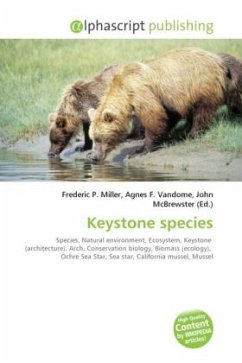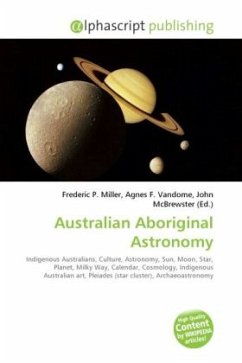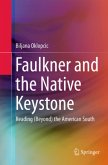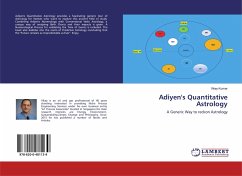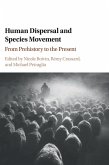A keystone species is a species that has a disproportionate effect on its environment relative to its biomass. Such species affect many other organisms in an ecosystem and help to determine the types and numbers of various others species in a community. Such an organism plays a role in its ecosystem that is analogous to the role of a keystone in an arch. While the keystone is under the least pressure of any of the stones in an arch, the arch still collapses without it. Similarly, an ecosystem may experience a dramatic shift if a keystone species is removed, even though that species was a small part of the ecosystem by measures of biomass or productivity. It has become a very popular concept in conservation biology. A keystone species is a species that plays a critical role in maintaining the structure of an ecological community and whose impact on the community is greater than would be expected based on its relative abundance or total biomass. The ecologist Dr. Robert T. Paine coined the phrase to explain the relationship between Pisaster ochraceus, a species of starfish, and Mytilus californianus, a species of mussel
Bitte wählen Sie Ihr Anliegen aus.
Rechnungen
Retourenschein anfordern
Bestellstatus
Storno

